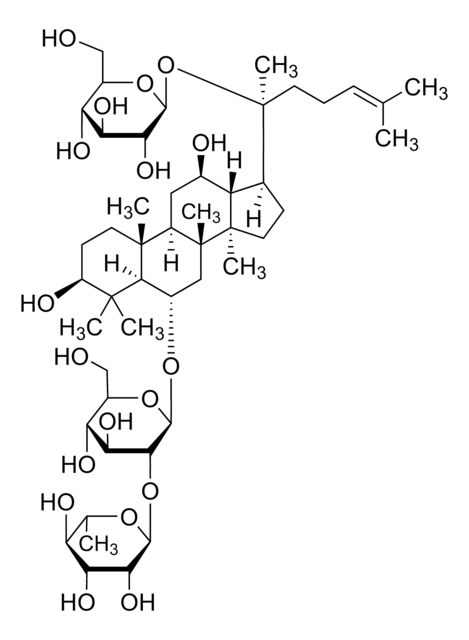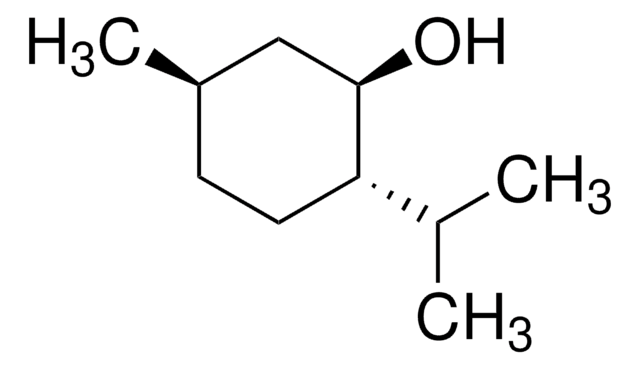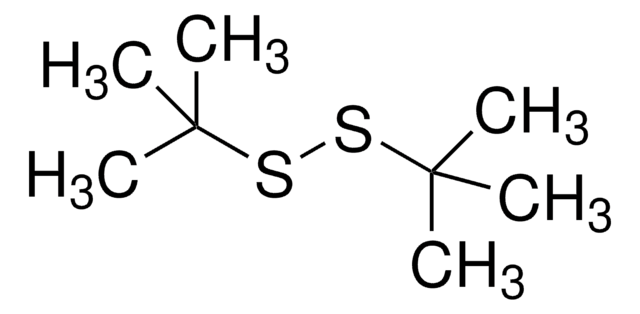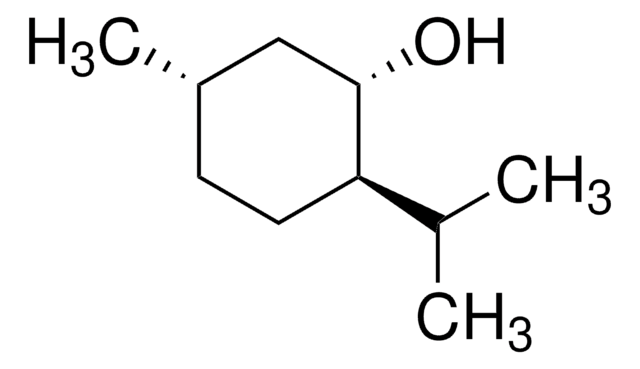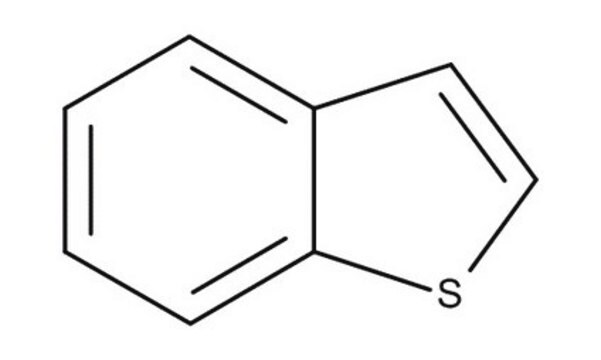149225
Dipropyl disulfide
98%
Synonym(s):
Propyl disulfide
About This Item
Recommended Products
Assay
98%
form
liquid
refractive index
n20/D 1.497 (lit.)
bp
195-196 °C (lit.)
mp
−86 °C (lit.)
density
0.96 g/mL at 25 °C (lit.)
functional group
disulfide
SMILES string
CCCSSCCC
InChI
1S/C6H14S2/c1-3-5-7-8-6-4-2/h3-6H2,1-2H3
InChI key
ALVPFGSHPUPROW-UHFFFAOYSA-N
Looking for similar products? Visit Product Comparison Guide
General description
Signal Word
Warning
Hazard Statements
Precautionary Statements
Hazard Classifications
Aquatic Chronic 2 - Eye Irrit. 2 - Skin Irrit. 2 - STOT SE 3
Target Organs
Respiratory system
Storage Class Code
10 - Combustible liquids
WGK
WGK 3
Flash Point(F)
147.2 °F - closed cup
Flash Point(C)
64 °C - closed cup
Personal Protective Equipment
Choose from one of the most recent versions:
Already Own This Product?
Find documentation for the products that you have recently purchased in the Document Library.
Customers Also Viewed
Protocols
Overcome challenges in synthesis and disulfide bond formation with protocols for Fmoc solid-phase peptide synthesis of peptides with cysteine and methionine.
Our team of scientists has experience in all areas of research including Life Science, Material Science, Chemical Synthesis, Chromatography, Analytical and many others.
Contact Technical Service